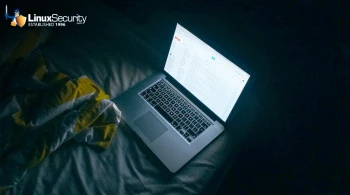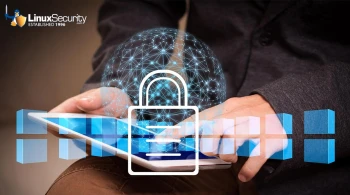Linux admins,
Users actively involved in open-source projects and educating themselves about system architecture naturally create a safer computing environment. This knowledge helps them recognize normal vs. suspicious behavior quickly. The culture of Linux usage promotes proactive security habits. Informed users create a formidable first line of defense against potential malware threats. How well do you know your system? Do you ever review your system for potential vulnerabilities or malware?
Read on to learn more about how community engagement, proactive security habits, and having a greater awareness make you more likely to be able to detect attacks before they become a problem.
I'll also explore how Linux containerization is shattering software deployment barriers.
Please share this newsletter with your friends to help them gain critical Linux security insights. Is there a Linux security-related topic you want to cover for our audience? We welcome contributions from passionate, insightful community members like you!
Yours in Open Source,

Dave Wreski
LinuxSecurity Founder
Linux vs. Viruses: The Power of User Savvy & System Architecture
As a Linux security admin, you've likely spent countless hours fine-tuning your systems' defenses, but here's a reality check: Linux's inherent safety isn't just about firewalls and kernel updates. Often, the savvy users themselves serve as a frontline defense against malware. Unlike their Windows and macOS counterparts, Linux users tend to have a deeper understanding of their operating systems, enabling them to identify and avoid suspicious activity before it becomes a threat. This user knowledge cultivates a proactive approach to security that bridges the gap traditional measures might miss. Moreover, the architecture of Linux itself plays a critical role in its resilience against viruses. With robust permission settings and sandboxing features, Linux ensures the impact is usually contained even if malware slips through. Add to that the complexity introduced by the vast diversity of Linux distributions—each with its nuances—and you've got a landscape that poses significant challenges for malware developers. Combined with Linux's relatively smaller market share and vigilant open-source community, these factors create an environment less hospitable to viruses. This multi-faceted approach to security sets Linux apart and offers peace of mind in your day-to-day operations. Let's examine the various factors that contribute to your security from virus infections as a Linux user. I'll also examine the history of Linux viruses and the ongoing battle to secure our systems against them. While Linux users face comparatively lower risks, we are not immune to the virus threat, and remaining proactive and vigilant is critically important in preventing infections! |
Linux Container Security Primer
Agility and scalability are paramount for us Linux security admins, and traditional software deployment methods often fall short in these critical areas. Container technology is a game-changing innovation that has revolutionized how software is deployed, managed, and scaled. It offers many benefits to ensure that applications run consistently regardless of the hosting environment. Safeguarding your digital assets is crucial for protecting sensitive data and preventing unauthorized access, and security concerns remain one of the top roadblocks to container adoption. The most common issues include cybersecurity vulnerabilities in container images, misconfigurations, unauthorized access, and container runtime weaknesses exploited during network security attacks. We take a deep dive into container security by exploring the underlying concepts, reviewing basic container security considerations, understanding popular containerization platforms, and examining security considerations for businesses. Continue reading to learn how containerization is shattering software deployment barriers! |















